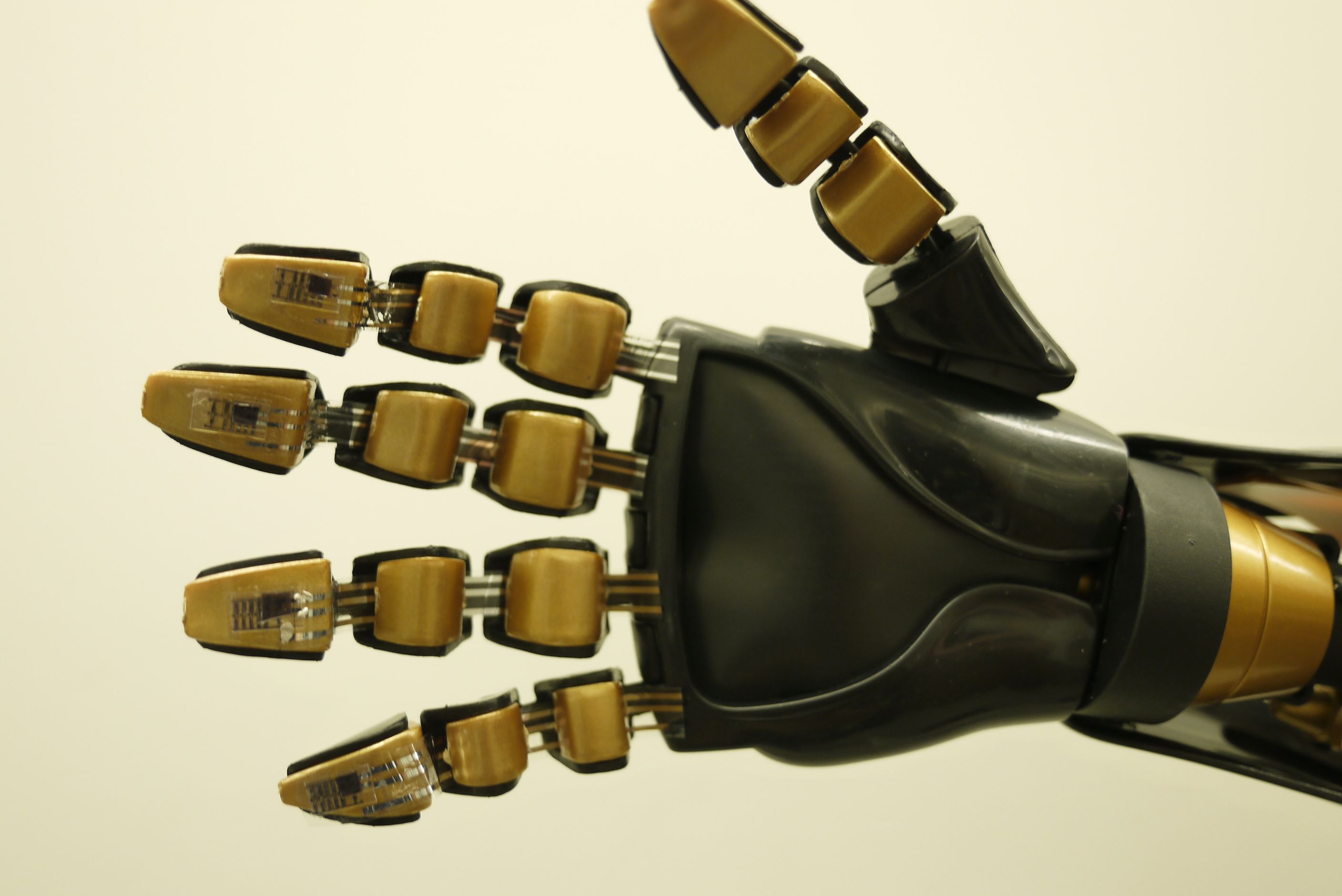Oct 16, 2015
Cure for cancer might accidentally have been found, and it could be malaria
Posted by Sean Brazell in category: biotech/medical
We shall see…
Scientists might have accidentally made a huge step forward in the search for a cure for cancer — discovering unexpectedly that a malaria protein could be an effective weapon against the disease.
Danish researchers were hunting for a way of protecting pregnant women from malaria, which can cause huge problems because it attacks the placenta. But they found at the same time that armed malaria proteins can attack cancer, too — an approach which could be a step towards curing the disease.
Continue reading “Cure for cancer might accidentally have been found, and it could be malaria” »


















